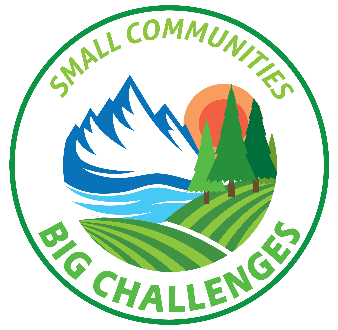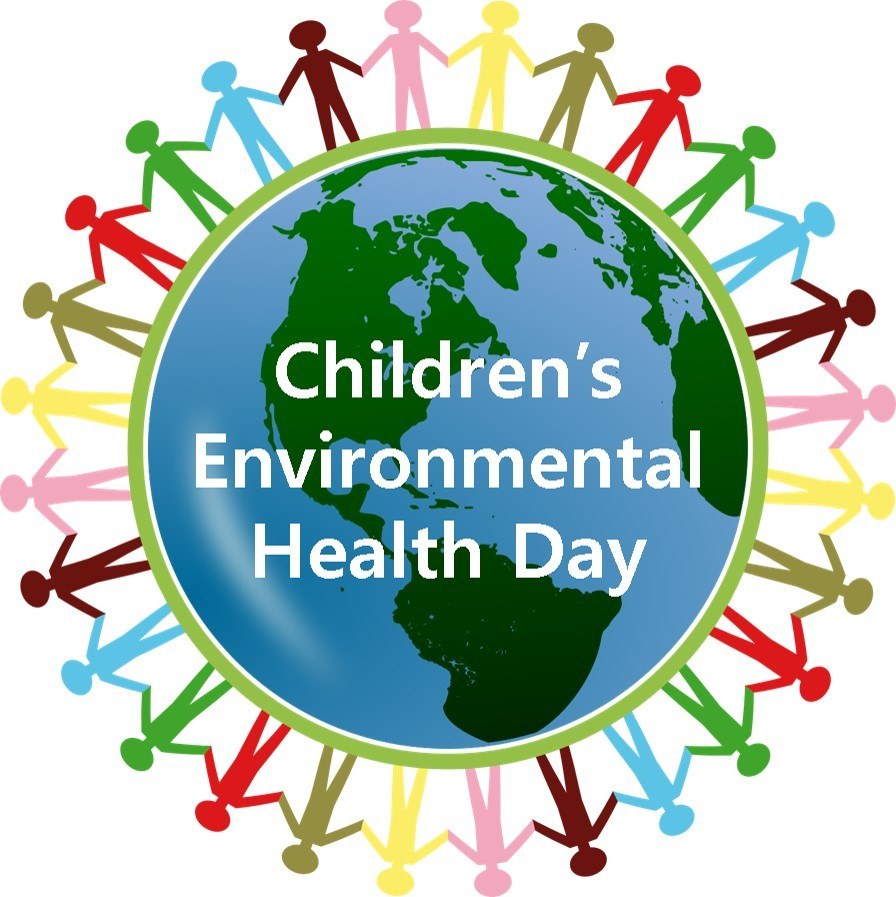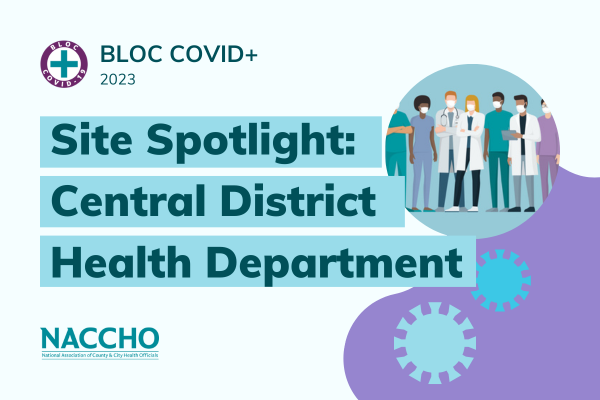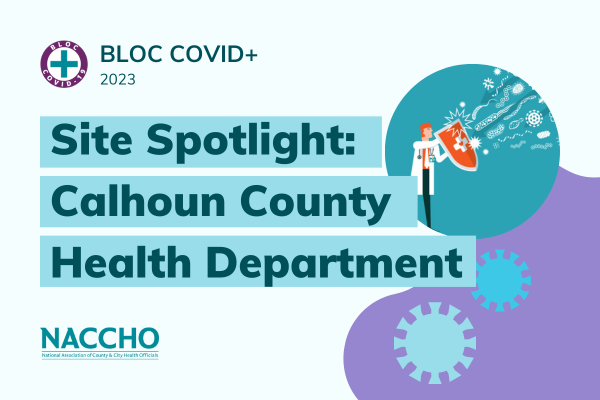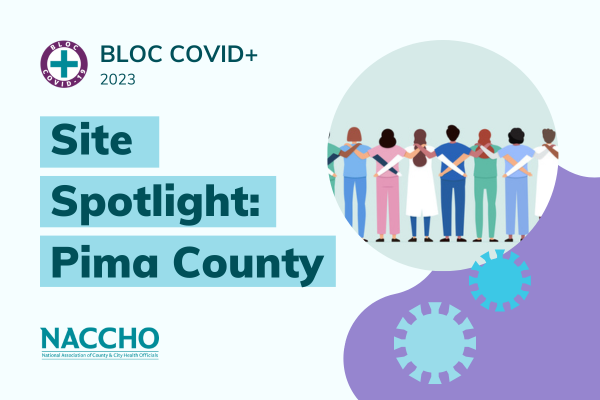Popular Categories
Join NASTAD’s Hepatitis Testing Partnership
Within the first few years of initiating injection drug use, over half of people who inject drugs (PWID) will become infected with...
Jun 08, 2017 | Kim Rodgers
The Unnecessary Cost of Vaccine-Preventable Diseases
Safe, effective, life-saving – the benefits of vaccines for protecting public health are numerous and robust. Yet, in the U.S., there...
Mar 06, 2017 | Kim Rodgers
State of the Opioid Epidemic: Local Public Health as the First Line of Defense
This week, January 23–29, 2017, marks National Drug and Alcohol Facts Week. Although this annual observance is aimed at engaging teens...
Jan 27, 2017 | Kim Rodgers
Reflections from the 2016 Harm Reduction Conference
Harm reduction is an important movement that started thirty years ago in the early days of the HIV epidemic, when people who inject...
Dec 06, 2016 | Kim Rodgers
Now Available: CDC Vital Signs Report on HIV and Injection Drug Use
The Centers for Disease Control and Prevention (CDC) just announced the release of Vital Signs: Trends in HIV Diagnoses, Risk...
Nov 29, 2016 | Kim Rodgers
World Hepatitis Day: What Local Health Departments Can Do to Address a Global Burden
World Hepatitis Day— today, July 28—brings awareness to the more than 400 million people across the globe who are infected with...
Jul 28, 2016 | Kim Rodgers
Eliminating Viral Hepatitis as a Public Health Threat: The Important Role Local...
My first job in public health was as a health educator and HIV test counselor at a Federally Qualified Health Center (FQHC) in San...
Jun 30, 2016 | Alyssa Kitlas
Supplemental Funding Opportunity: Minority AIDS Initiative Continuum of Care...
With the Secretary’s Minority AIDS Initiative Fund (SMAIF) resources, the Substance Abuse and Mental Health Services Administration...
May 25, 2016 | Kim Rodgers
CDC Guidance for Implementing Certain Components of Syringe Services Programs
Following the release of HHS’ Implementation Guidance, the CDC released guidance for directly funded programs interested in or...
Apr 28, 2016 | Alyssa Kitlas
Join NASTAD’s Hepatitis Testing PartnershipWithin the first few years of initiating injection drug use, over half of people who inject drugs (PWID) will become infected with hepatitis C virus (HCV). Preventing hepatitis transmission among PWID will require a comprehensive approach to harm reduction services including increased access to syringe services programs (SSPs), Medication Assisted Treatment (MAT), screening and diagnosis […] Jun 08, 2017 | Kim Rodgers |
The Unnecessary Cost of Vaccine-Preventable DiseasesSafe, effective, life-saving – the benefits of vaccines for protecting public health are numerous and robust. Yet, in the U.S., there continues to be a resurgence of vaccine-preventable diseases, including measles and mumps. The Centers for Disease Control and Prevention (CDC) reported a record number of measles cases (667) in 2014, followed by a large, […] Mar 06, 2017 | Kim Rodgers |
State of the Opioid Epidemic: Local Public Health as the First Line of DefenseThis week, January 23–29, 2017, marks National Drug and Alcohol Facts Week. Although this annual observance is aimed at engaging teens in events that debunk myths about drugs and alcohol, NACCHO is instead taking this opportunity to provide a sneak-peek into our Winter NACCHO Exchange issue, “On the Frontlines: Local Public Health versus America’s Opioid […] Jan 27, 2017 | Kim Rodgers |
Reflections from the 2016 Harm Reduction ConferenceHarm reduction is an important movement that started thirty years ago in the early days of the HIV epidemic, when people who inject drugs and their sex partners were dying of AIDS at alarming rates. Harm reduction is a framework for meeting people where they are at and reducing the negative consequences of drug use. […] Dec 06, 2016 | Kim Rodgers |
Now Available: CDC Vital Signs Report on HIV and Injection Drug UseThe Centers for Disease Control and Prevention (CDC) just announced the release of Vital Signs: Trends in HIV Diagnoses, Risk Behaviors, and Prevention Among Persons Who Inject Drugs, a new report on HIV, injection drug use, and the role of syringe services programs (SSPs) in prevention. Persons who inject drugs (PWID) are at high risk for HIV […] Nov 29, 2016 | Kim Rodgers |
World Hepatitis Day: What Local Health Departments Can Do to Address a Global BurdenWorld Hepatitis Day— today, July 28—brings awareness to the more than 400 million people across the globe who are infected with chronic viral hepatitis, including up to 150 million living with hepatitis C virus (HCV). In the United States, more than 3.5 million Americans—particularly baby boomers (those born between 1945 and 1965)—are living with HCV, making it the most common chronic […] Jul 28, 2016 | Kim Rodgers |
Eliminating Viral Hepatitis as a Public Health Threat: The Important Role Local Health Departments PlayMy first job in public health was as a health educator and HIV test counselor at a Federally Qualified Health Center (FQHC) in San Diego. There, I taught classes on HIV, STI, Viral Hepatitis, and TB prevention to individuals in alcohol and drug treatment programs and offered field-based rapid HIV testing following the class. After […] Jun 30, 2016 | Alyssa Kitlas |
Supplemental Funding Opportunity: Minority AIDS Initiative Continuum of Care (MAI-CoC) GranteesWith the Secretary’s Minority AIDS Initiative Fund (SMAIF) resources, the Substance Abuse and Mental Health Services Administration (SAMHSA) recently announced the availability of supplemental funding to enable its existing Minority AIDS Initiative Continuum of Care (MAI-CoC) grantees to establish and/or enhance partnerships with existing syringe services programs (SSPs). The application for this... May 25, 2016 | Kim Rodgers |
CDC Guidance for Implementing Certain Components of Syringe Services ProgramsFollowing the release of HHS’ Implementation Guidance, the CDC released guidance for directly funded programs interested in or expanding existing syringe services programs (SSPs) for persons who inject drugs. The CDC guidance details which SSP activities can be supported with CDC funds, which relevant CDC cooperative agreements can be used to support SSPs, and the process […] Apr 28, 2016 | Alyssa Kitlas |
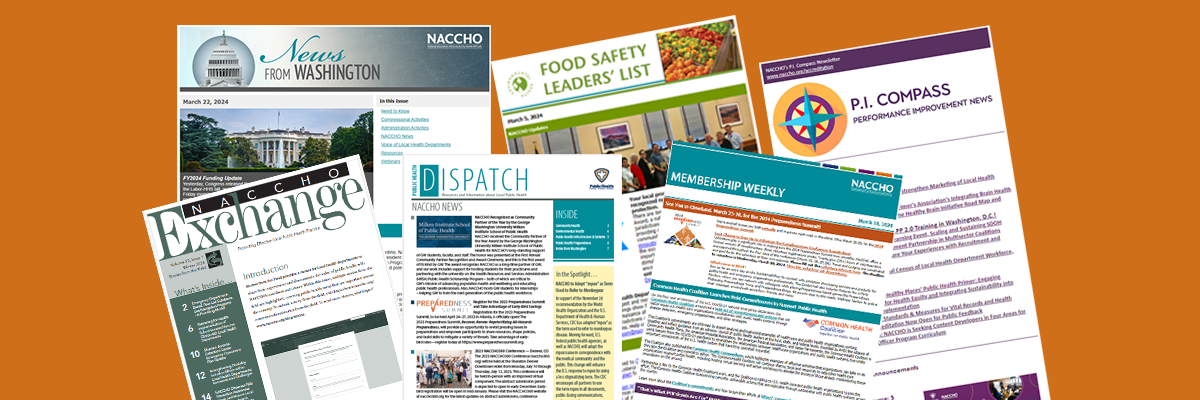
Subscribe Today
Sign Up for the E-mail Digests
Create an account or login to MyNACCHO and go to "My Subscriptions."
SUBSCRIBE NOW
